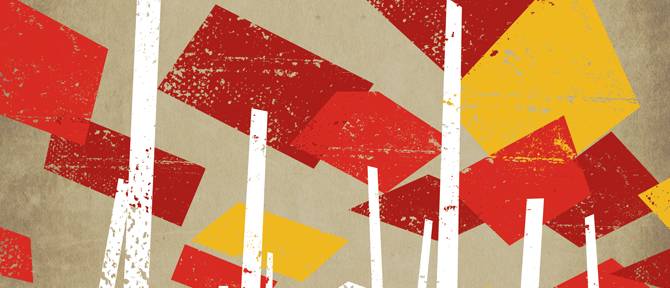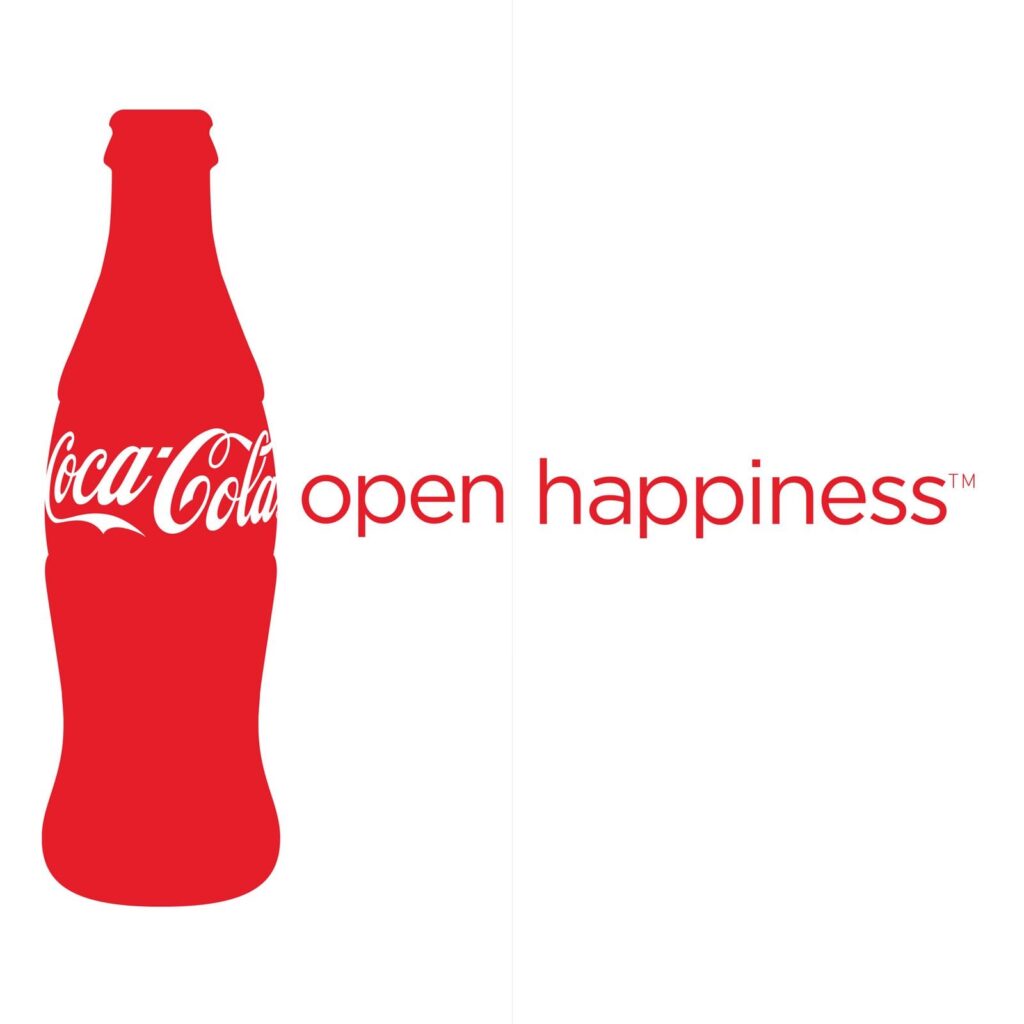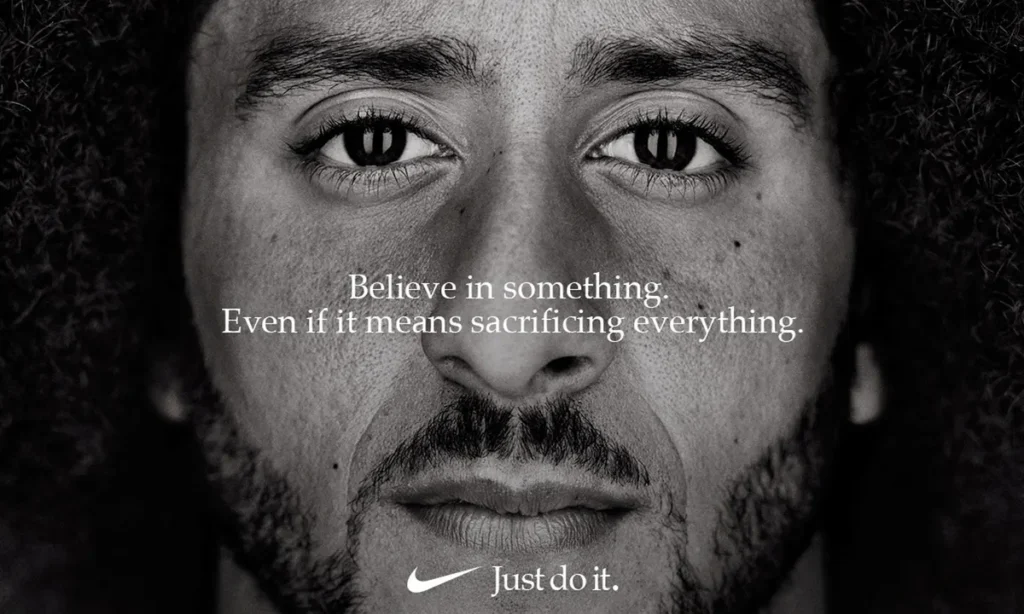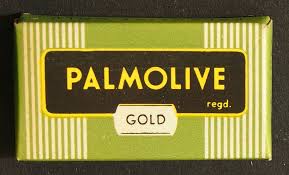Soft Power and Brands

Soft power may build stronger connections with stakeholders and customers and increase their influence and reputation
Joseph S. Nye, Jr. coined the term “soft power” in international affairs in the 1980s to account for America’s continued global dominance despite its seemingly dwindling military might.
Soft power refers to the capacity to influence others through attractiveness and persuasive arguments, as opposed to relying solely on threats, violence, or financial incentives, which is what Nye meant when he compared “soft power” to “hard power.”
Although the phrase “soft power” is often associated with the promotion of democracy by Western European and American nations, its origins lie in a nation’s cultural and moral systems rather than in its political structure. However, the world has shifted its focus to hard power—economic and military force—and soft power has fallen out of favour in light of the current global threats to democracy.
Brands use a combination of hard and soft power to increase their share of the market. Hard power includes product and customer service innovations, control over distribution systems, and leverage over retailers and resellers. Patents are an example of hard power, as they can prevent other businesses from copying a brand’s innovations. Sometimes, tech corporations purchase other businesses solely for their patent portfolios. Soft power is a brand’s ability to generate demand, making people want to use, seek out, and pay for their product or service.
Basic Premises
- To begin with, it’s essential to understand that hard power is crucial for soft power to be effective. A strong business plan and high-quality products are necessary to build a robust brand.
- Secondly, while governments can have an impact on the development of soft power, it isn’t solely derived from them. The cultural norms and values of a country have a more significant influence on its soft power than the government’s actions. A company’s brand is based on everything it does, and its deeds have an impact on how potential customers view it.
- Thirdly, soft power is more useful for creating favourable conditions for achieving certain policy objectives than for directly achieving them. From a brand’s perspective, this is the classic dilemma of whether to spend resources on building the brand or on driving sales.
Instances and consequences of soft power for brands
- Brand Image and Cultural Influence:
By connecting with customers’ cultural values, goals, and ambitions, brands may harness the force of soft power. Brands may improve their reputation and attract customers who share their values by advocating topics like social responsibility, diversity, and sustainability.
As an example, Patagonia is well-known for its dedication to sustainability and environmental preservation. The Patagonia brand has become synonymous with eco-consciousness and conscientious consumption thanks to its promotion of sustainable methods, financial backing of environmental causes, and vocal advocacy for conservation activities.

- Global Affairs:
Internationally, brands may promote favourable views of their home nations and cultures by acting as soft power ambassadors. Brands may foster mutual appreciation, understanding, and collaboration among people of different cultural backgrounds by going global, forming alliances, and hosting cultural exchanges.
Coca-Cola has become a symbol of American ideals and culture all over the globe due to its famous brand and widespread distribution. Coca-Cola has promoted favourable views of American ideals like optimism, joy, and togetherness via its marketing campaigns, sponsorships, and community projects. The company has also helped to enable cultural exchanges.

- The Power of Ideas and the Promotion of Brands:
Using their soft power, brands may support human rights, fight for social and political issues, and effect good change. Brands may influence public opinion and behaviour while inspiring customer loyalty and engagement by taking a stance on critical topics and participating in advocacy initiatives.
Take Nike’s “Dream Crazy” advertisement as an example; it featured Colin Kaepernick and generated a great deal of buzz about social action and racial inequality. Nike showed their dedication to social activism by joining Kaepernick in his call for social justice and empowerment, which garnered support from customers who shared these beliefs.

- Sharing of Information and Education:
A brand’s ability to promote learning, information exchange, and skill improvement is one way it may add to its soft power. Brands can empower people and communities, encourage creativity, and propel economic progress via initiatives like educational programmes, training seminars, and online resources.
To better compete in the modern digital economy, programmes like Google’s “Grow with Google” provide free workshops, tutorials, and other tools to people and companies. By providing easily understandable and applicable instructional information, Google improves its brand image and makes a good contribution to society.

- Campaigns to Influence Public Opinion:
Through thoughtful storytelling, influence campaigns, and strategic communications, brands have the power to mould public opinion and impact consumer behaviour. Brands may garner support, propel change, and cultivate relationships with customers by developing captivating stories, captivating content, and meaningful messaging.
For instance, the “Real Beauty” campaign by Dove encouraged body positivity and self-acceptance while criticising conventional ideas of beauty. Dove encourages its customers to be themselves by promoting different beauty standards and speaking out against negative stereotypes. The brand was praised for being genuine.

In short, companies that know how to use soft power to their advantage may build stronger connections with stakeholders and customers and increase their influence and reputation. Brands may use soft power to their advantage by connecting with their audience on a social and cultural level, which in turn increases brand loyalty, motivates people to take action, and leaves a lasting impression on society and culture.
Reference
https://brandingstrategyinsider.com/the-soft-power-of-brands/



